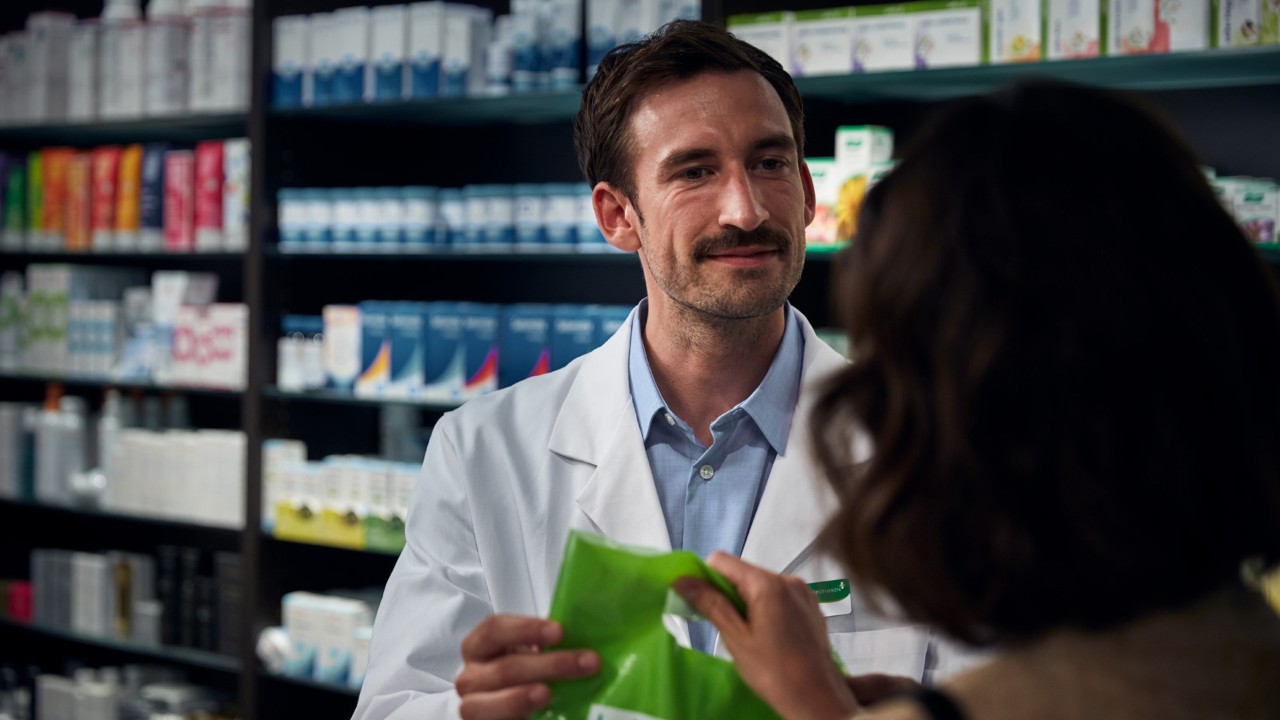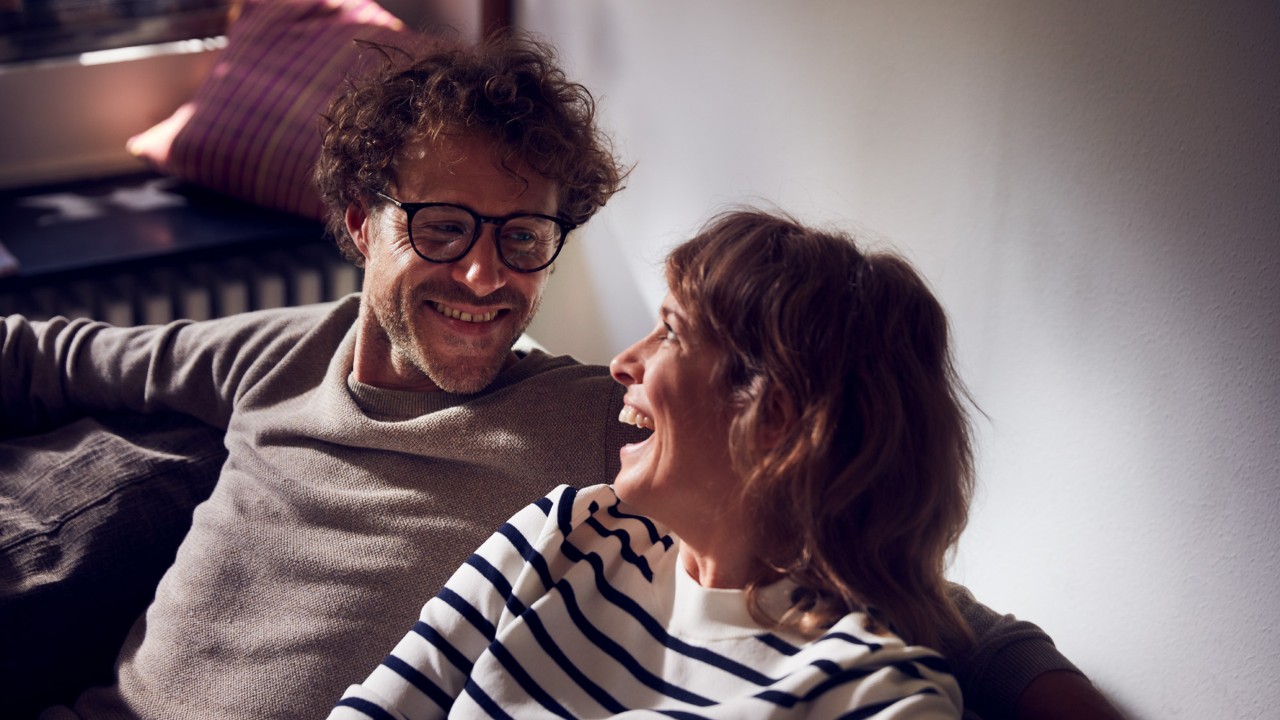Baby's skin: protection from the sun
Who wants to sit inside when the sun is beckoning? But too much sun is harmful to babies' delicate skin. What protects babies best?

Baby skin only learns over time to protect itself from the sun’s radiation by tanning and forming so-called light callosity. This means that the classic division into skin types doesn’t work as a guideline for babies. What's more, children's skin is much thinner than that of adults, so harmful rays penetrate deeper. This means that babies can get sunburnt after just four to seven minutes and need special protection from the sun.
Ideal sun protection factor for babies
It’s best to keep babies in the shade. However, even this does’t offer 100% UV protection. So applying cream is a must. The sun cream should be at least SPF 30, although SPF 50+ is best. Ideally, the sunscreen should be free of fragrances and dyes, alcohol and preservatives to prevent skin dehydration and allergic reactions.
Which sun creams are suitable?
In the first year of life it’s best to use sun creams with a physical filter. Tiny mineral particles lie like a layer on the skin and reflect the sunlight from the moment of application.
Sun creams with a chemical filter are recommended from the second year of life at the earliest, because in animal experiments the ingredients have shown a hormone-like effect. Chemical filters penetrate the skin, absorb the harmful UV radiation and transform it into heat. They need 20 minutes until they develop their protective effect.
Re-creaming doesn’t extend the protection
The cream should be reapplied after two hours at the latest, especially on sensitive areas such as the forehead, ears, nose, shoulders and instep. Cream should be reapplied sooner if your baby likes to splash in water. However, this doesn’t extend the sun protection time, but merely maintains the protection.
Sun protection alternatives to cream
Many children don’t like it when you apply sun cream. In these cases, special UV clothing can mitigate the problem – or wide, tightly woven, long-sleeved garments. Artificial fibres protect better than cotton or linen, strong colours better than white. The sun protection is reduced when the material is wet. You then only have to apply sun cream to any areas that remain uncovered.
Don’t forget to protect the eyes!
The eyes also need to be protected from the sun, particularly children’s eyes. As more sunlight reaches the retina of children than adults, they should wear sunglasses with the CE-marking and 100% UV protection. However, not all children like to wear sunglasses, so a hat with a broad rim, and ideally with neck protection, is a good alternative.


